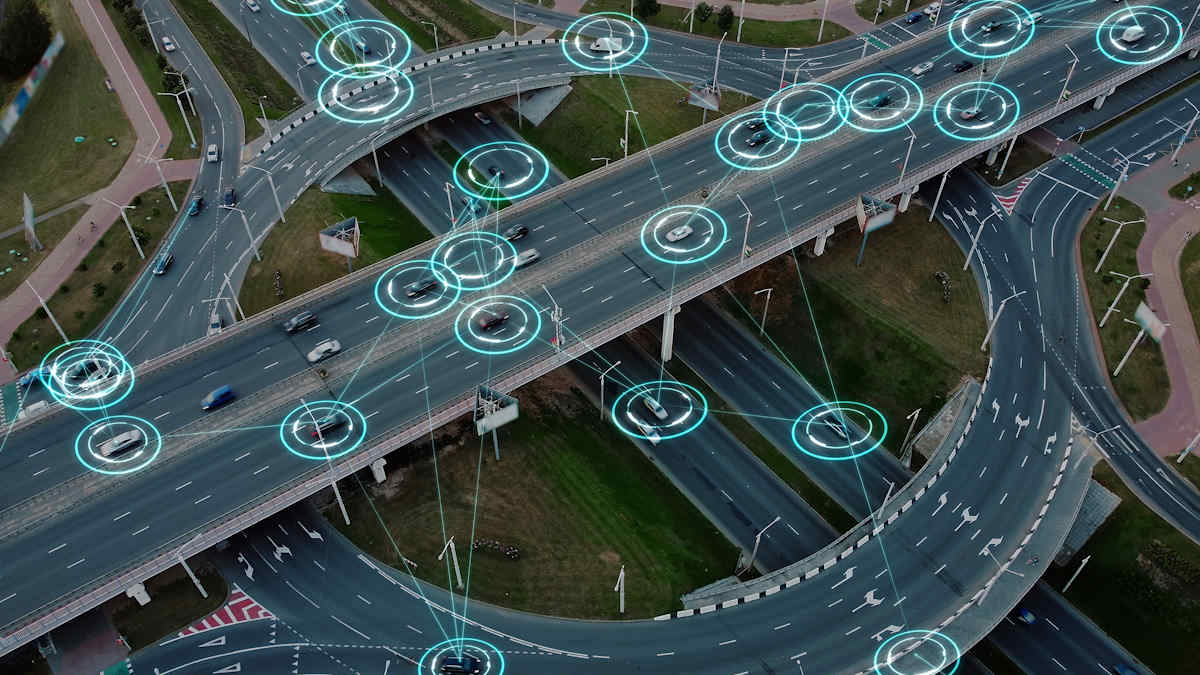Devices play a decisive role in ensuring the service availability of IoT applications in mobility.
by Rafael Escobar*
The transport and logistics sector, whether passenger or freight, has undoubtedly become the vertical of the Internet of Things ecosystem with the highest demand for connectivity and M2M services.
Entrepreneurs, aware of the potential of connecting their vehicles, invest in innovation and technology to provide their vehicles with new functionalities that allow them to optimize the management and control of their fleets. The range of new services and functionalities devised and designed to improve efficiency in fleet management is enormous: sensorisation and vehicle telemetry, geolocation and route control, control of working times and driving habits, prevention systems, etc.
The other major chapter that most worries businessmen in the sector is that of security. Guaranteeing the safety of people – drivers and passengers – of goods and vehicles is one of the main 'pains' that the sector must face in the face of the high number of robberies and criminal acts that occur daily throughout the country's road network.
Connected video surveillance systems, monitoring and traceability of the load, remote control of the vehicle – the possibility of stopping the engine if we detect that it has been stolen – panic button... These are just a few examples of safety technology applied to the transport sector. In both cases, for all this to be possible, the
connectivity is a key piece.
Unlike other IoT services such as connected alarms, elevators, vending machines or utilities (electricity, gas and water), mobility services present an additional complication. It is possible that on our route there are many 'shadowed' areas where coverage is minimal or none, and we lose connectivity and, therefore, these functionalities we are talking about are inoperative. The solution to this problem, although it may seem like it, is not simple.
Mobile networks, air information highways
Mobile network operators carefully design the deployment of their radio networks with the aim of covering the largest feasible territory with the best possible coverage while effectively optimizing their investments. If we take a section of road at random, in any area of the country, and do a coverage test, we can find areas that are very good, and others with an intermediate, very bad or no sign.
The orography and the arrangement of the antennas mean that a constant level of coverage cannot always be guaranteed throughout the route. The design of radio networks is much more complex than it might seem. On many occasions, operators share locations to save costs and in these cases we can find antennas in which several operators operate at the same time, with different technologies – 2G, 3G, 4G and 5G – and with different bands – with ranges and
different signal levels.
The use of multi-operator and multi-coverage simcards is the perfect solution to offer mobile services. It is very important that the SIM card we choose is designed to operate with a main mobile network and an alternative backup network. This approach of having a main network and a backup network is an interesting compromise to be able to spend most of the route on a stable network and switch only when strictly necessary, without forgetting that our guide will always be the main network.
Reducing the number of networks possible has significant advantages for the hardware as well as for the registration process in the backup network/networks.
Constantly jumping between networks isn't something the hardware particularly likes. Therefore, the choice of the main network and the backup network must be made conscientiously.
This operation is not immediate and it is crucial that we make it an agile process so that the functionalities we have designed are operational all the time. This is where the device plays a critical role.
The device, key in mobile services
The GPS device has always played a more than discreet role in mobile services, however, as we deepen our knowledge of mobile networks and coverage management, the role of the device takes on a decisive role. Many times, in order to contain expenses and minimize our investment, we choose to acquire devices, generally imported and at very affordable prices, without valuing their capacity, performance and versatility.
The device plays a key role and we must keep it in mind when designing a mobile service. There is no optimal mobile network throughout its journey so, apart from having multi-coverage connectivity, we need to have a device that can adapt to the mobile network and the different levels of coverage that we may encounter in the same section, in the shortest possible time.
Many times when our customers report an incident, after checking that the network signal is correct and there is no incident in the mobile network, we find devices that are not able to do an effective search for the signal or are simply not well calibrated or do not have the capacity to fallback in one direction or another, or, in more extreme cases, it does not have multi-band capability or simply does not have the latest firmware installed.
We must be aware that offering mobile services, with guarantees, is not only a problem of the mobile network or SIM card connectivity. It is very
It is important to have a thorough understanding of how the network behaves throughout the country, but we must never forget the key role played by GPS devices.
At Alai we are clear that our network has to be able to accommodate as many devices as possible from different manufacturers, because that is what our customers demand of us, but we must also be honest and convey to them the decisive  role they play and the need to invest in this link in the value chain.
role they play and the need to invest in this link in the value chain.
*Rafael Escobar is IoT/M2M Channel Manager at Alai Secure.


























Leave your comment